La Grande Muraille de Badaling - Billets, heures d'ouverture, points forts et conseils
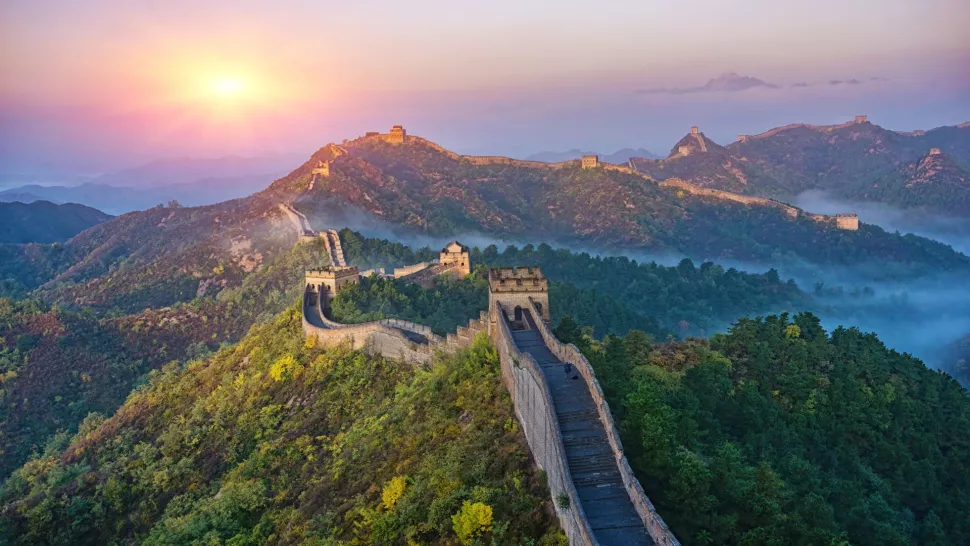
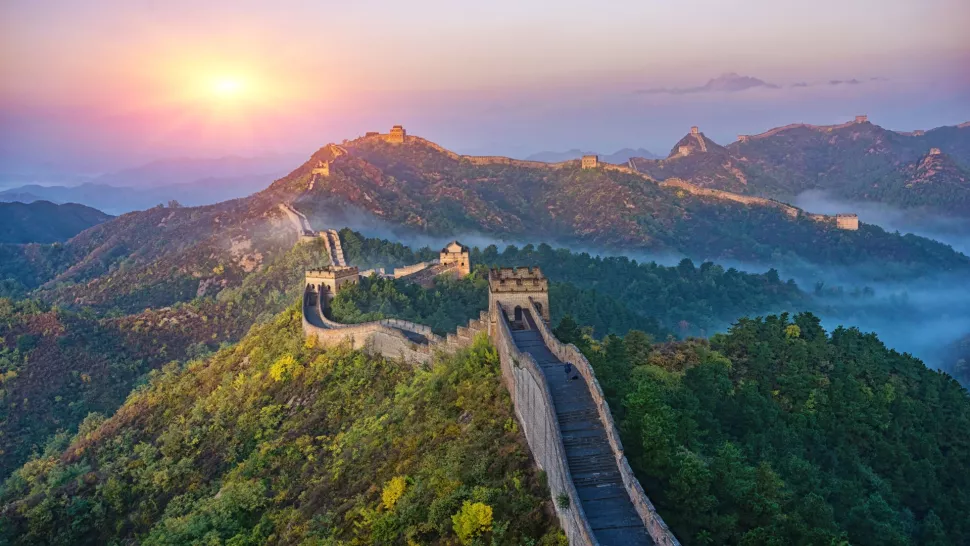
Historical records show that over 2000 years ago, Chinese people had constructed walls to guard them against the invasion of the nomads from the north. And when it came to the Ming dynasty (1368 A.D. – 1644 A.D.), the government poured enormous effort, money, and labors into this project. The regime has perished, but the buildings it constructed remain and become what we know as the Great Wall, which stretches more than 20,000 kilometers.
Although you may find the relics of the Great Wall in almost every northern province in China, those in Badaling, Pékin are one of the best preserved. After renovation, it opened to the public in 1953 and has received billions of tourists in the past decades. It is the icon of China and an attraction to which you should seize every opportunity to visit.
Table des matières
- Informations de base
- Localisation et transport
- Highlights of Badaling Great Wall
- Itinéraires recommandés
- Vlog about Badaling Great Wall
- Conseils utiles résumés à partir d'études
- Faits intéressants
- Other Sections of Great Wall in Beijing
- Attractions Badaling Great Wall
Informations de base
| Site web | http://www.badaling.cn |
| Durée estimée de la visite | about 3 hours |
| Heures d'ouverture | 06.30 – 16.30 throughout the year; Last entry: 16.00 |
| Prix du billet | Adulte : 40 RMB (approx. 5.6 dollars from April 1st jusqu'au 31 octobrest) 35 RMB (approx. 5 dollars from November 1st au 31 marsst) Children under 1.2 meters: free of charge |
Localisation et transport
The Beijing Great Wall is located in the suburb, about 70 kilometers from the city center to the northwest.
Bus (cheap, but time-consuming): Take No.919 or 877 at Deshengmen station (basically the city center of Beijing, very easy to reach). The bus departs every 5 minutes and costs only 12 RMB (If you have a public transport card, it reduces to 6 RMB). But it is a little slow, taking about 1.5 hours to reach Badaling Great Wall.
Trains (highly-recommended): There are two railways to the Great Wall. One is from the Beijing North Railway Station (25 RMB), and the other is from Qinghe Station (20 RMB). You can book the ticket on the spot or online (www.12306.cn). The journey lasts for about half an hour. But there is only one departure a day, the one from Beijing North Railway Station at 08.43 a.m. and from Qinghe Station at 10.58. You need to arrive at the station at least 15 minutes in advance.
Private Transfer: You can also use the private transfer service to get Badaling, which will pick you up from your hotel at your prefferred time.
Highlights of Badaling Great Wall
Beacon Fire Towers
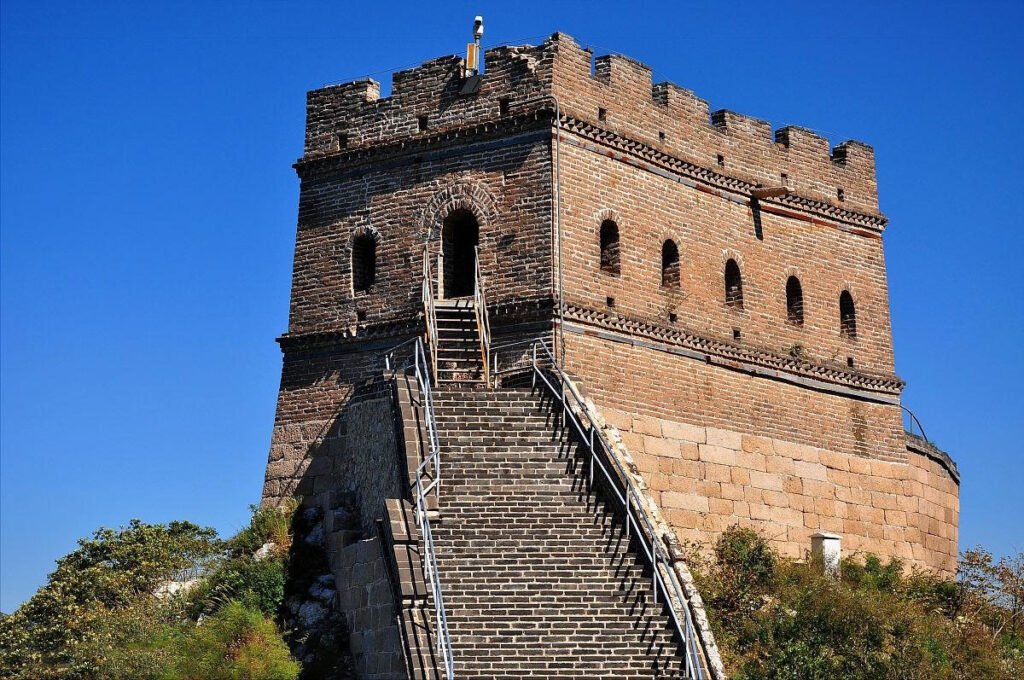
Apart from serving as the barrier, the Great Wall was also used as an alerting system. When the soldiers stationed on the beacon fire towers detected the signs of the enemy, they would burn smoke during the day (known as sui) or start a fire at night (Known as Feng) to notify their colleagues. And when other soldiers in another tower kilometers away notified the signal, they would also ignite their own. This way, the critical message could be passed instantly to the general so that he could gather his troops and be prepared for the battle.
Sun-Viewing Platform
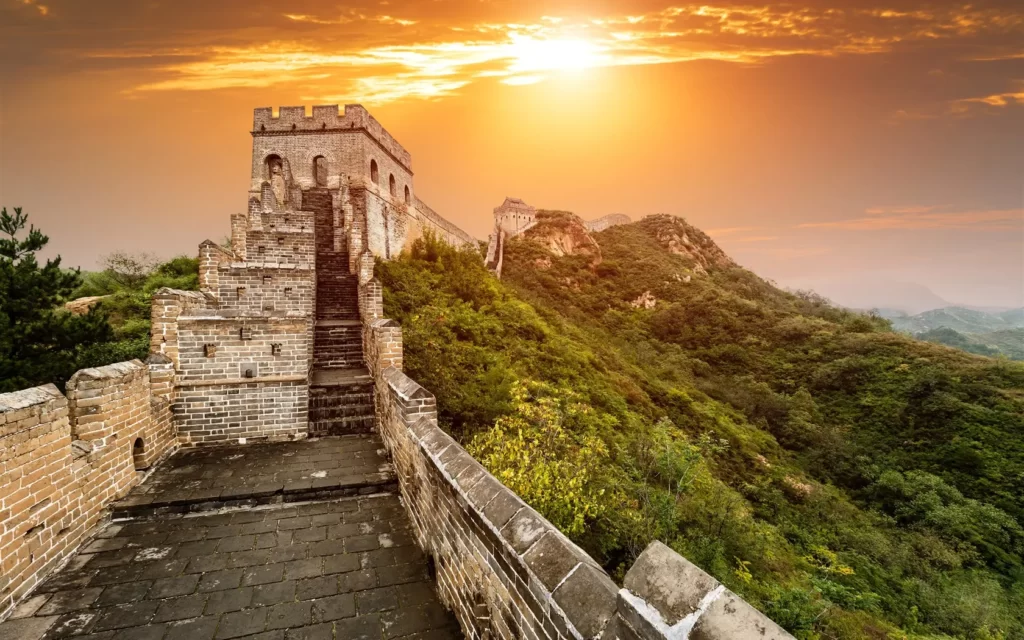
At the highest point of the Badaling Great Wall erects a tower called the sun-viewing platform. And tourists need to climb dozens of exceptionally steep stairs before reaching it (there is also a route to bypass the stairs and platform, so you do not need to worry if you are not fit enough). It is a terrific place to take photos and enjoy the marvelous natural scenery, which is especially appealing to urban dwellers.
Key to the Northern Gate of Beijing

Although the great wall is now a tourist attraction, it played a pivotal role in defending Beijing against enemies for hundreds of years. And the plaque on the tower at the western side of the Pass perfectly depicts how important it used to be. The words on it say “Beimensuoyue,” meaning the key to the northern gate of Beijing.
The True Man Stele

Right after you buy the ticket and climb onto the Great Wall, you will notice a stele engraved with red words on your left and many people taking pictures with it. They are hand-written by Chairman Mao and say, “He who does not reach the Great Wall is not a true man,” a well-known sentence in China.
Itinéraires recommandés
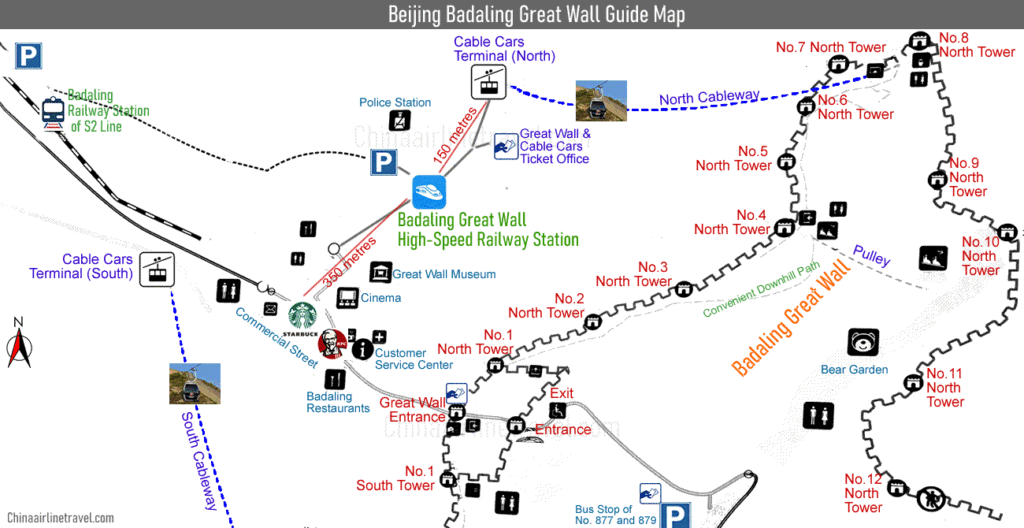
There are two routes to tour the Great Wall. One extends to the north, and the other to the south. There are more attractions on the northern route, and when you reach the end, you can directly take the cable to return to the entrance. But it is often crowded with people.
The southern route is a little shorter and much quieter, with the same astonishing views. The only problem is that when you reach the end, you have to take the original way back, which is disappointing, especially if you have been exhausted.
Of course, if you are fit enough, you can take both routes to enjoy the view fully.
Vlog about Badaling Great Wall
Conseils utiles résumés à partir d'études
Avoid Cable Cars and Slides: Unless you have mobility issues, it’s unnecessary to take the cable cars or slides at Badaling. With healthy legs, it’s quite manageable to climb up to the North 4th tower, and even up to the North 8th tower for those who exercise regularly.
Choose Between North and South Sections: The Great Wall at Badaling is divided into northern and southern sections. The northern section is steeper but offers more expansive views and arguably more beautiful scenery. The “Good Man Stone” is located at the North 4th tower, while the famous “Good Man Slope” is at the highest point, the North 8th tower. Visitors with limited stamina can stop at the North 8th floor and then return. The southern section has a gentler slope, is shorter than the northern section, and is generally less crowded. It’s ideal for visitors with elderly or children as it offers a more relaxed climb and plenty of photo opportunities.
Options de restauration: At the entrance of the Badaling scenic area, there is a snack street offering various dining options including Starbucks, KFC, Dicos, and Chinese cuisine. Additionally, there is a food court where the average cost per person is around 30-40 yuan.
Stockage des bagages: The Great Wall scenic area provides free luggage storage facilities conveniently located near the security checkpoints.
Challenging Sections: The stretch from the North 9th to the North 10th toweris the steepest part of the climb, almost approaching a 90-degree angle. After the North 11th floor, there is the final exit to descend. For those with good stamina, you can continue climbing to the North 12th tower, where it’s less crowded and better suited for photography, compared to the “Good Man Slope” at the North 8th floor.
Avoid Mondays: Mondays are generally crowded at Badaling Great Wall because many museums in Beijing are closed, attracting more visitors to the Great Wall. It’s advisable to plan your visit on other days to avoid the crowds.
Faits intéressants
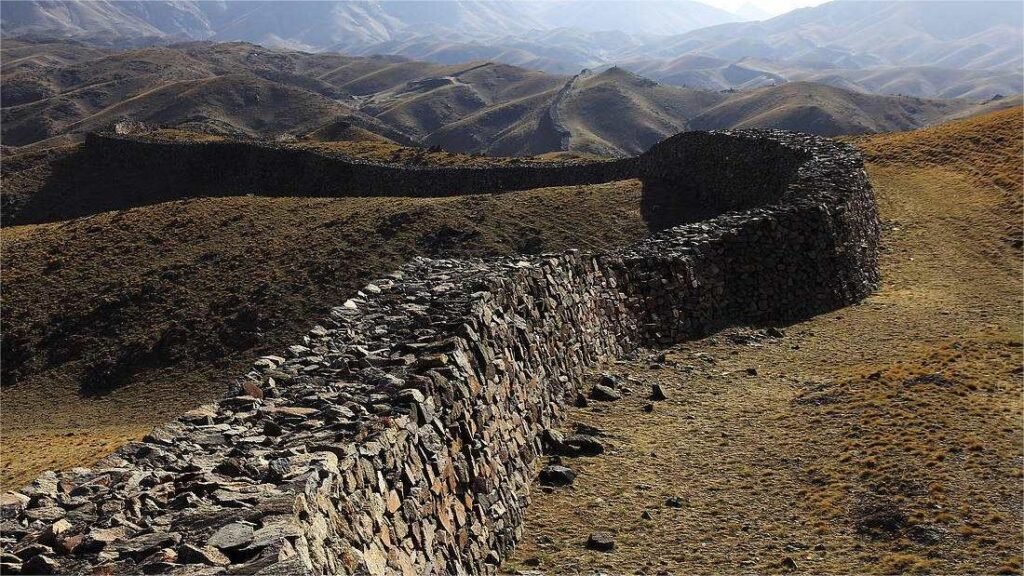
When was the Great Wall of China built?
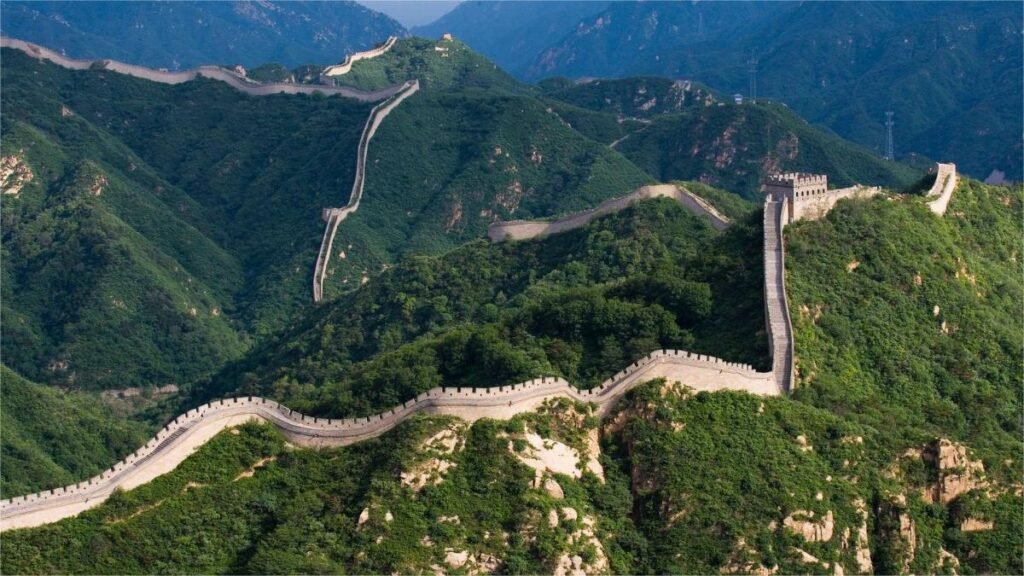
How long is the Great Wall of China exactly?

Which dynasty started the Great Wall?

How many workers did it take to build the Great Wall of China

Where is the Great Wall of China

What major river crosses the Great Wall

Are there bodies in the Great Wall of China?
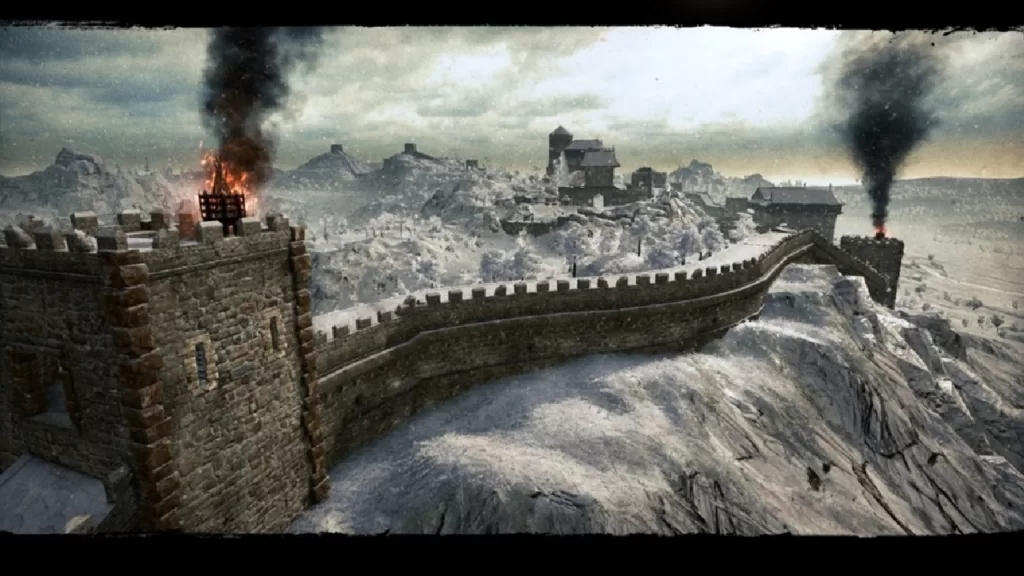
Did the Great Wall of China keep invaders out
Other Sections of Great Wall in Beijing
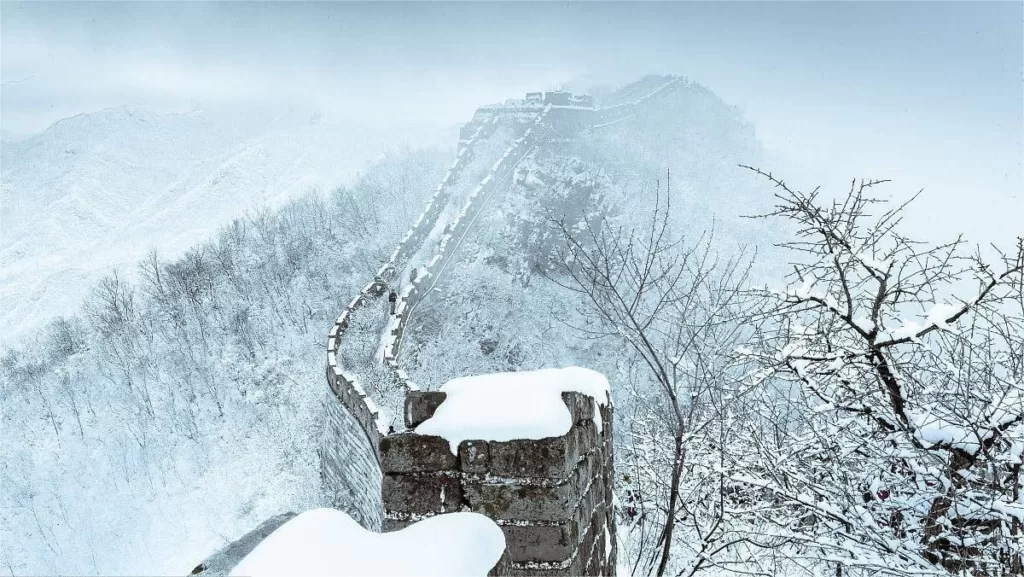
La grande muraille de Jiankou - une section intacte

Grande muraille d'eau de Huanghuacheng - section parallèle à un lac

Grande Muraille de Simatai - une visite nocturne unique
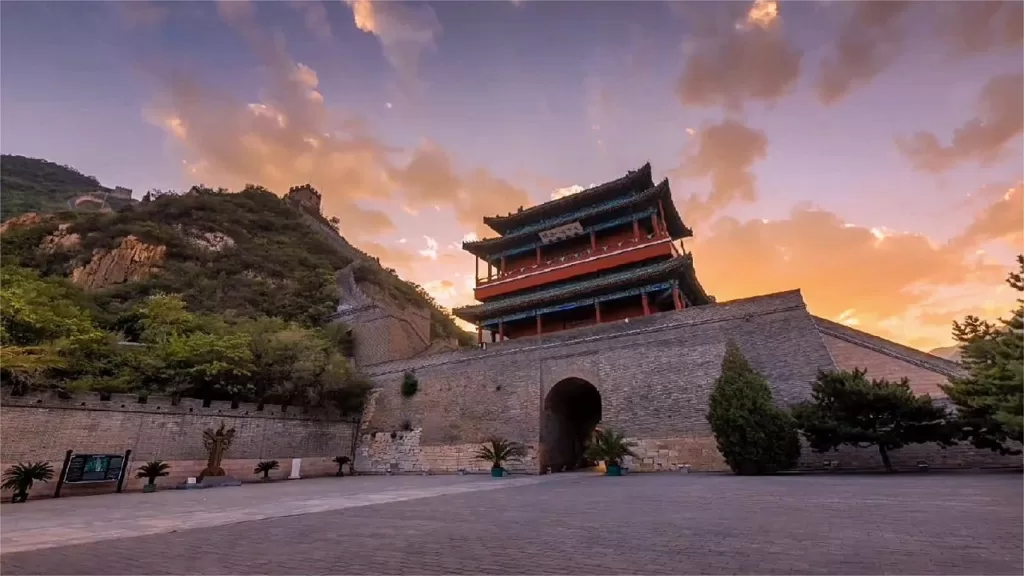
La grande muraille du col de Juyong - une importante place forte militaire
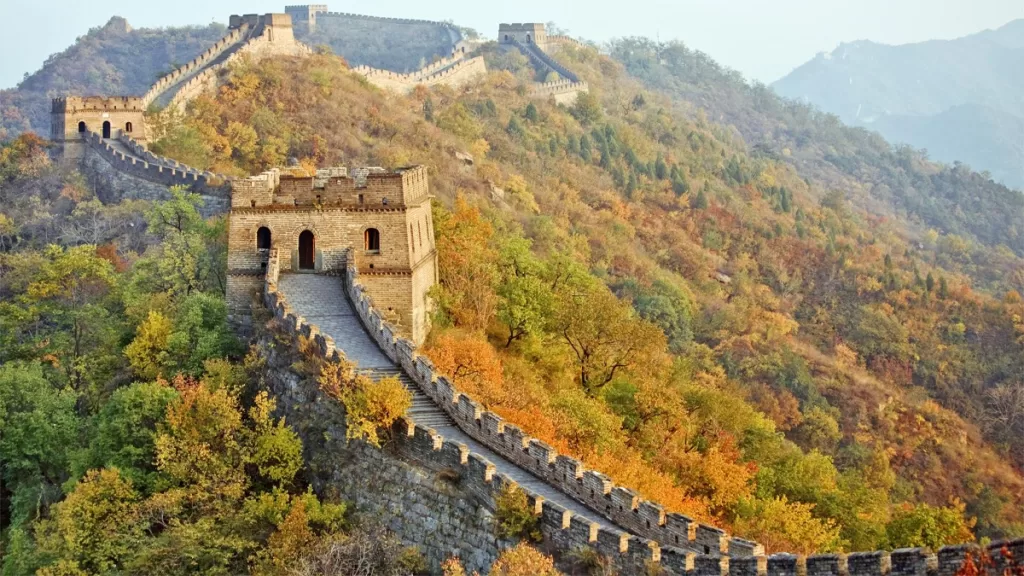
La Grande Muraille de Mutianyu - une alternative à Badaling
Attractions Badaling Great Wall
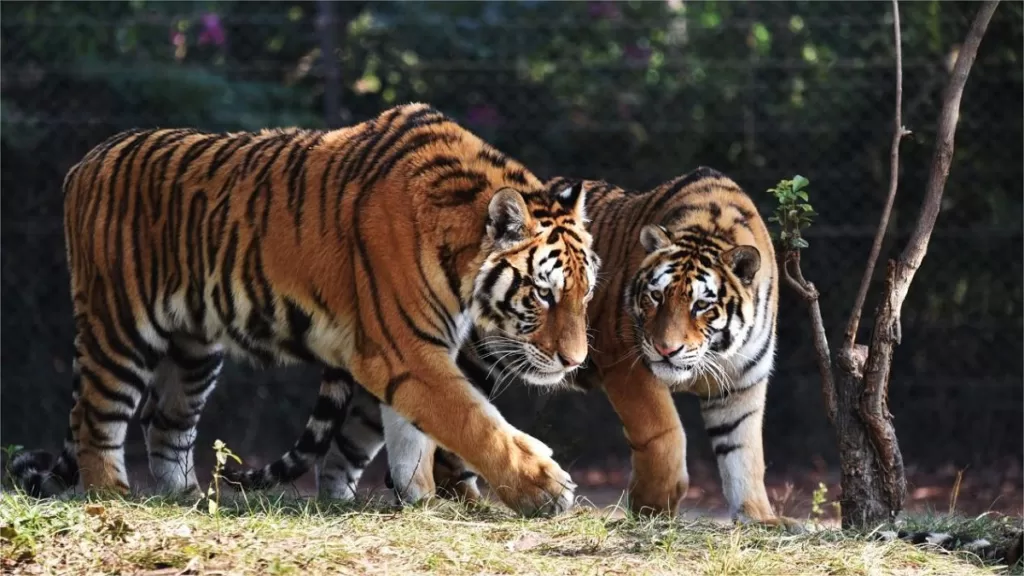
Badaling Wildlife Park – a drive-through safari

Tombes Ming, Bejing - le lieu de repos de 13 empereurs Ming
Paysages de Pékin, Chinese historical site, Site du patrimoine mondial de l'UNESCO